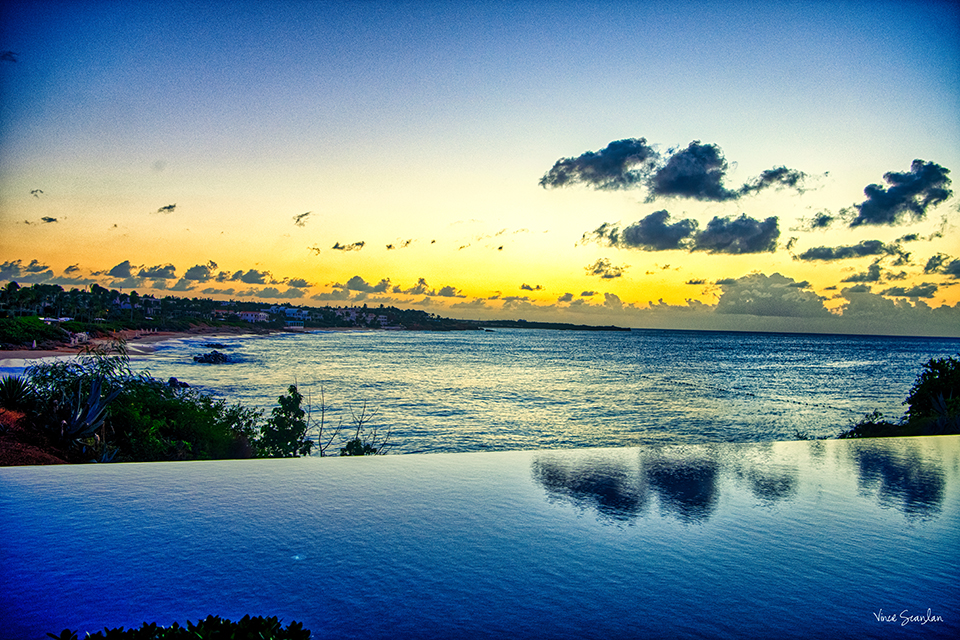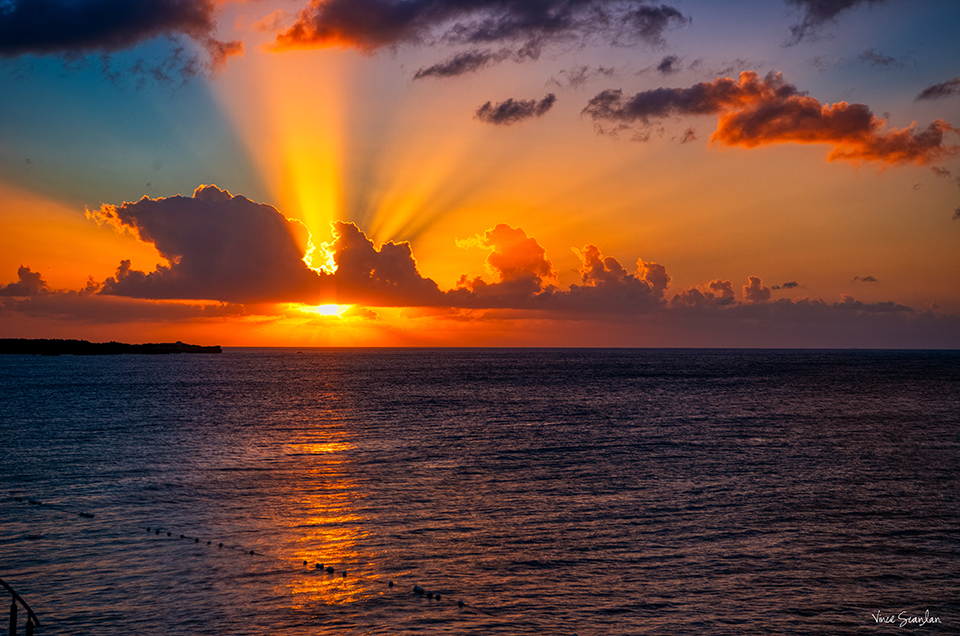If you had asked a photographer a couple of months ago about “Corona” most would have had little insight or understanding about the impacts that would be coming to their business. As the world continues to feel the health and economic impacts of a generational pandemic, photographers are also assessing the impact of this crisis on their industry. While it is apparent that no trade or industry will escape the wrath of COVID-19, photographers will surely feel the effects longer than most. Since most photography work is so dependent upon social interaction, a photographer’s ability to capture socially interactive moments has been virtually eliminated. Recently I have seen some photographers make a go of it by capturing some of the unique images that are a by product of the pandemic, but nothing that really can produce a revenue stream to sustain a photographer. The scary thing for photographers is not when the pandemic is over, rather what photography life will be like after it is over. The reality is that for those photographers who make a living off of event photography, life will never be the same again. I am confident that event photography will resume soon enough, but the photography will be different. Think for a moment, with the risk of virus infection not going away for the foreseeable future, photographers will likely have to change their workflow and perhaps even their creative approach.
So, what will photography look like for those photographers that are dependent upon a revenue stream from their work? I thought I’d take a shot at what this may look like. In the post-COVID-19 world social distancing is likely going to be a part of our behavior requirements. Photo events like weddings, and parties, and other family gatherings will likely be smaller. Hugging, kissing and touching will be frowned upon. How people interact at these events will also be different. Photographers will need to be mindful of those shots that have everyone compressed into one frame. Photographers themselves will have to be mindful of their own health and become more conscious about their physical interactions with their clients. The use of longer lenses may be required as photographers attempt to play it safe by staying more distant from their subjects. I’m just hoping that a 24mm lens does not become obsolete.
At the timing of this writing there is still much uncertainty about what the “new normal” will look like in the photography industry. I’d like to believe that things could be normal, but that does not seem to be a realistic expectation. So, for now I’d like to encourage all photographers to remain optimistic with the hope that the photography business can return to the way it was. Keep in mind that the solution to this challenge resides in science, and 21st century science has proven to be fast and friendly. My advice to photographers is to keep focus on their creative priorities, and at some point, in the not to distant future, all will be good in the photography world.


